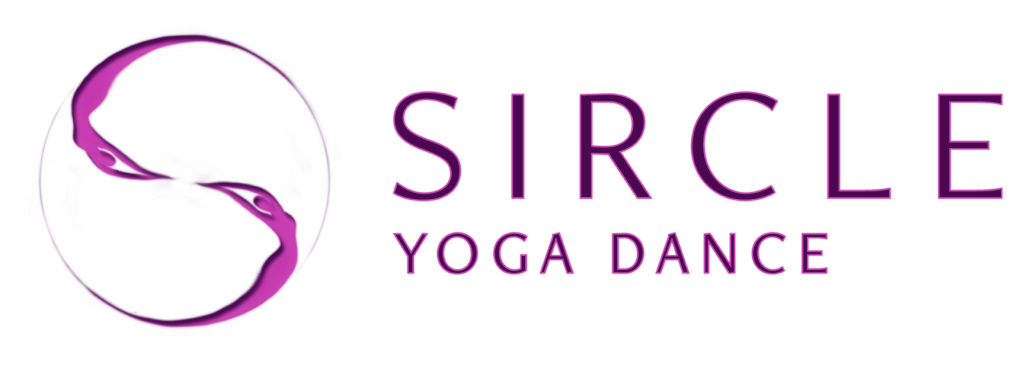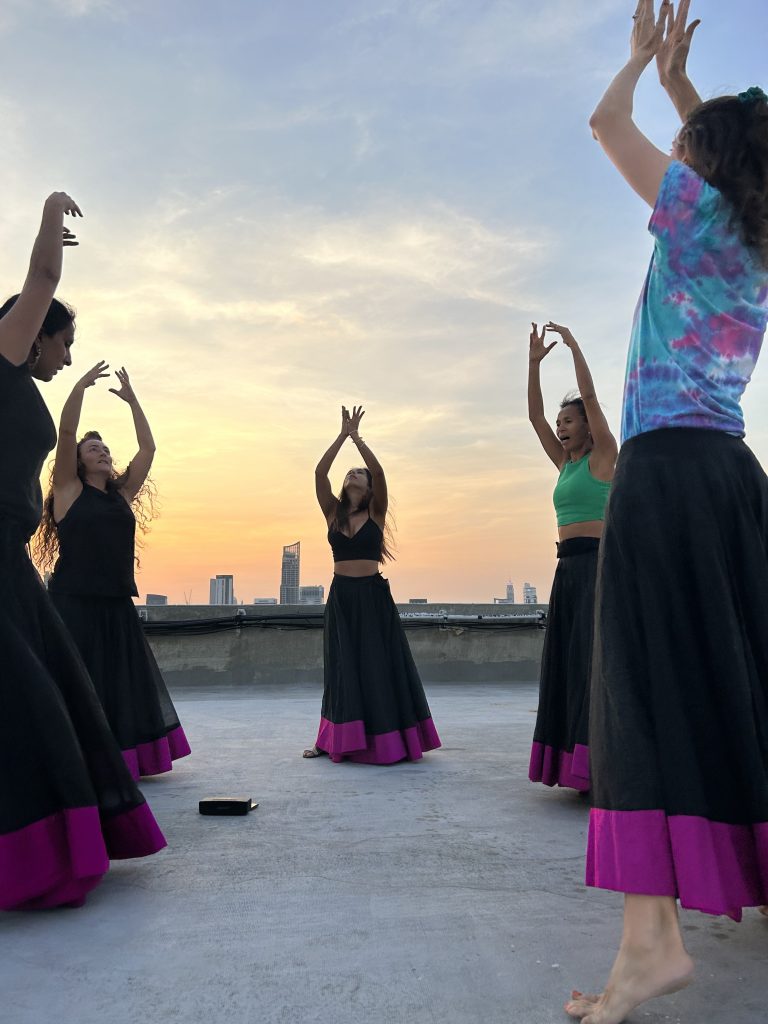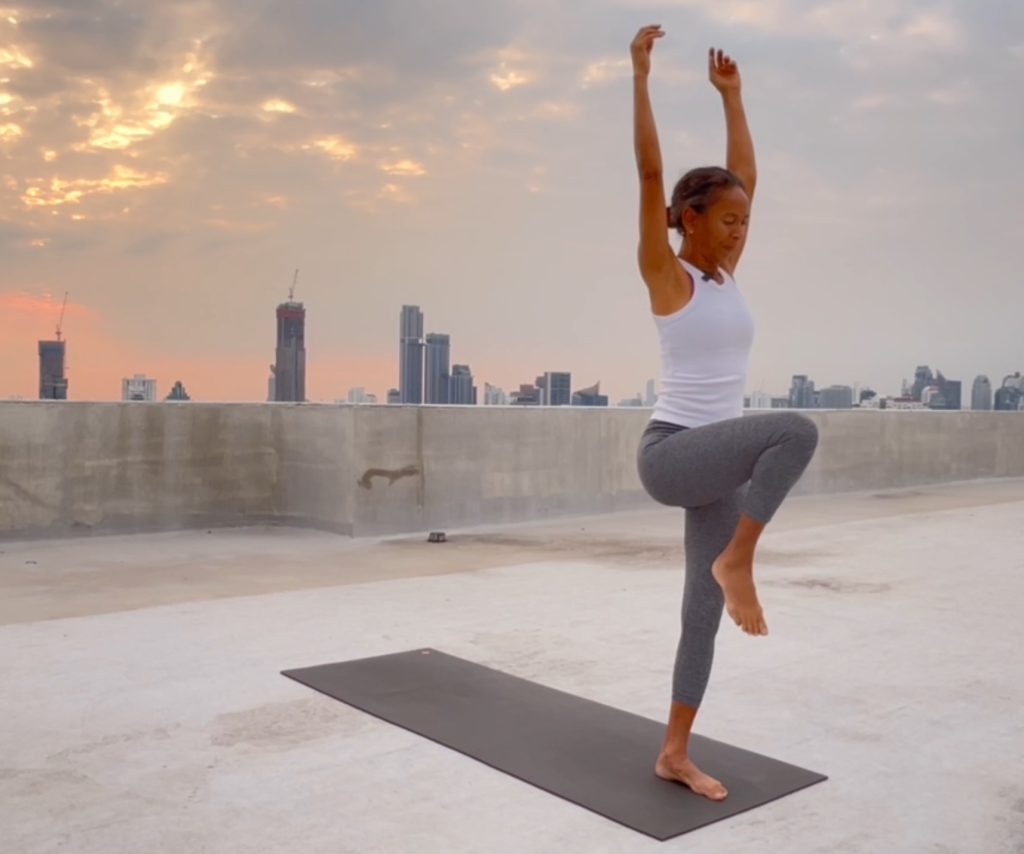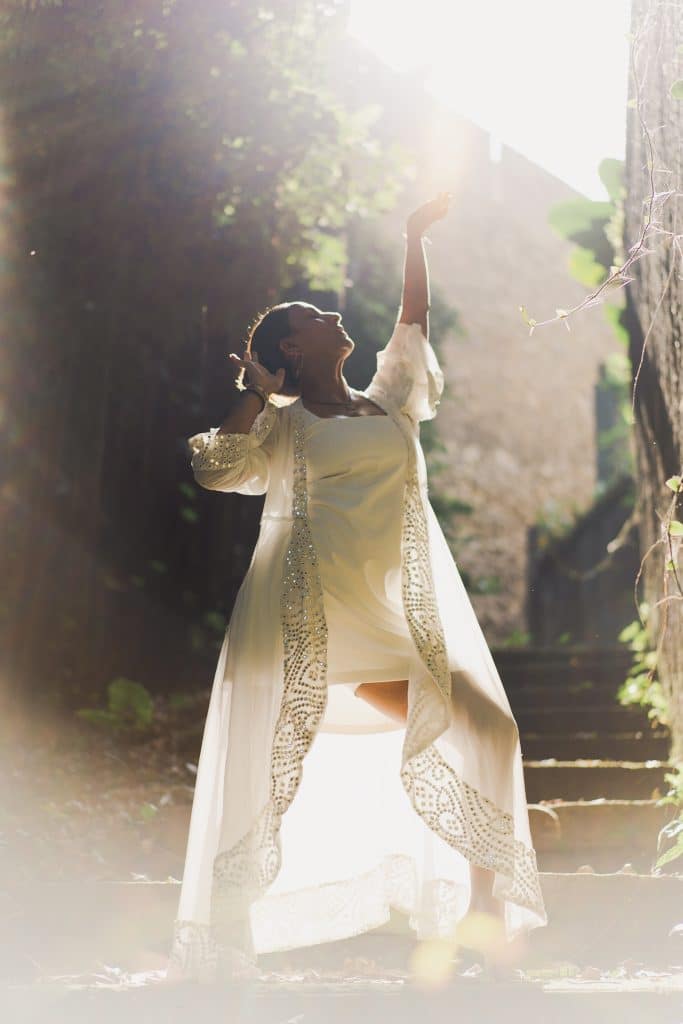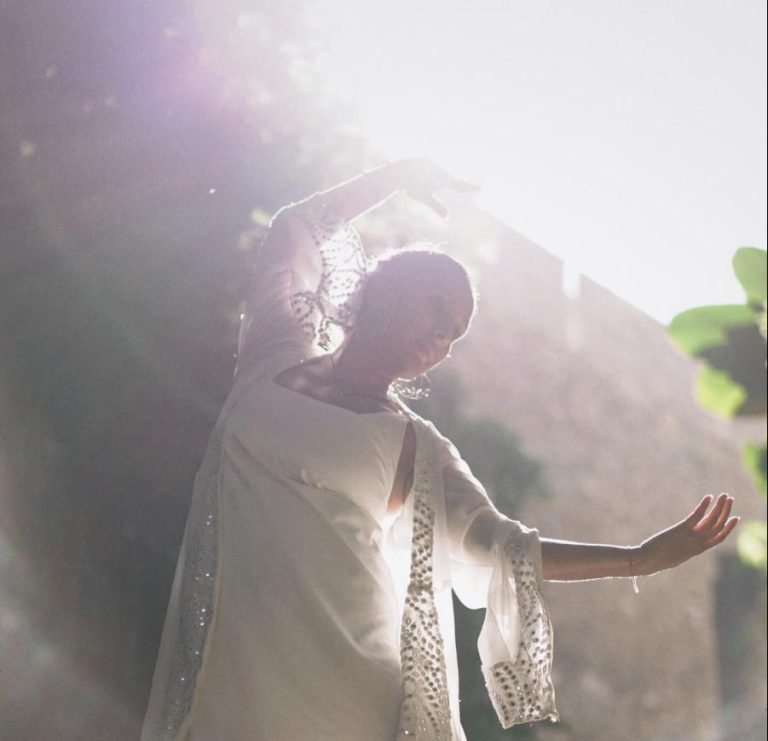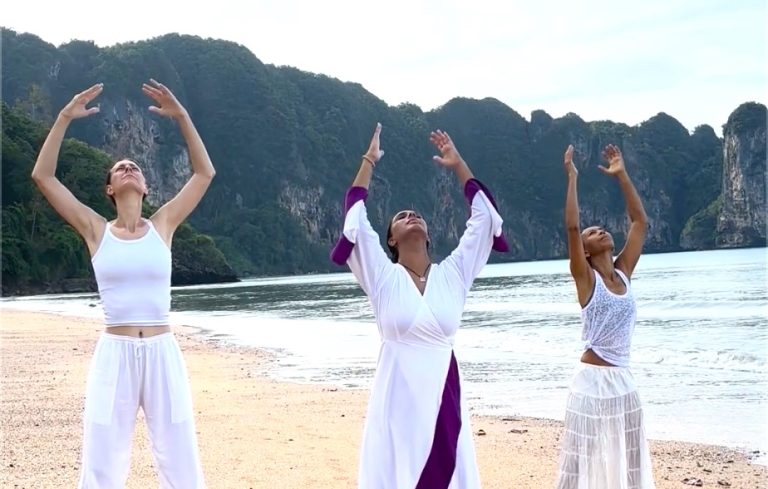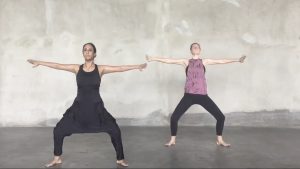The Yin and Yang of Movement:
Imagine a teeter-totter, balanced perfectly between two opposing weights. This simple analogy represents the essence of duality in physical practices. On one end, we have strength and stability, represented by exercises that build muscle, improve bone density, and enhance our ability to hold challenging postures. On the other end lies flexibility and fluidity, embodied in practices that lengthen muscles, increase range of motion, and allow for graceful, flowing movements.
Neither side of the teeter-totter can exist in isolation. Without strength, our bodies lack the foundation to move with control and precision. We might experience injuries or struggle to maintain proper form. Conversely, without flexibility, our movements become restricted and stiff, hindering our ability to flow with ease and explore the full potential of our bodies.
